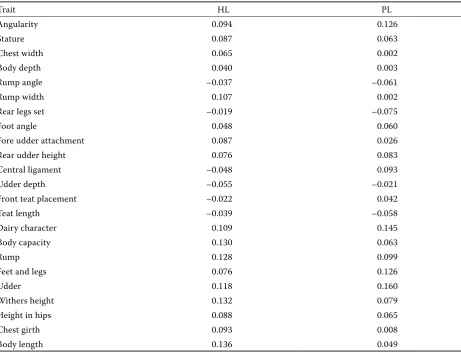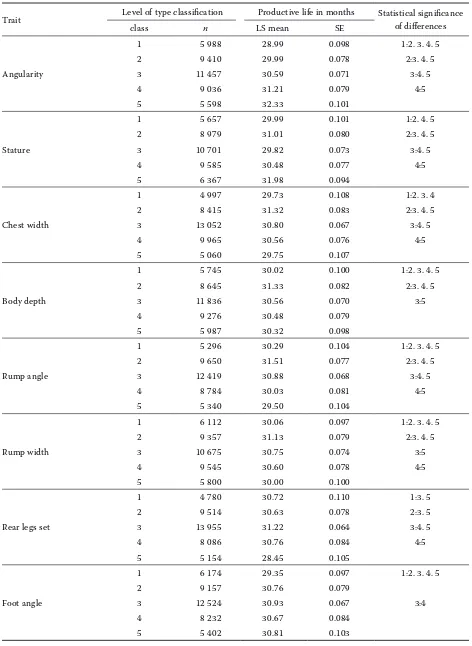Relationships between conformation traits and longevity of Holstein cows in the Czech Republic
Full text
Figure




Related documents
The significant difference between the Bitline PUF and prior SRAM-based PUFs is that the Bitline PUF generates responses based on mismatch across the cells within a column, instead
V tomto bodu bude nastíněn rozpočet projektu revitalizace návsí obce Černotín. Účelem toho dotazníkového šetření bylo zjistit pohled respondentů, převážně obyvatel
Furthermore, we measured the mRNA expression levels of type I procollagen, fibrillin, and MMP-1 after treatment with 1,1 ′ -biuracil in UV-irradiated Hs68 fibroblasts to clarify
However, recently published trials suggest that direct trocar entry, especially when using optical trocar systems, might be superior to both the Hasson open technique and the
To test the propositions in the research, the statistical techniques of principal component, multiple regression, and discriminant analyses were used. Principal component analysis
A novel simplified thrombo-inflammatory prognostic score for predicting in-hospital complications and long-term mortality in patients with type A acute aortic dissection: a
The effect of phenylurea with reported cytokinin-like activities on seed germination, seedling growth, activities of antiox- idant enzymes, polyphenol, peroxidase, indoleacetic
The distri- bution of different patterns of bruxism activity showed that clenching and grinding activities were more predom- inant, whereas tapping activity was not highly